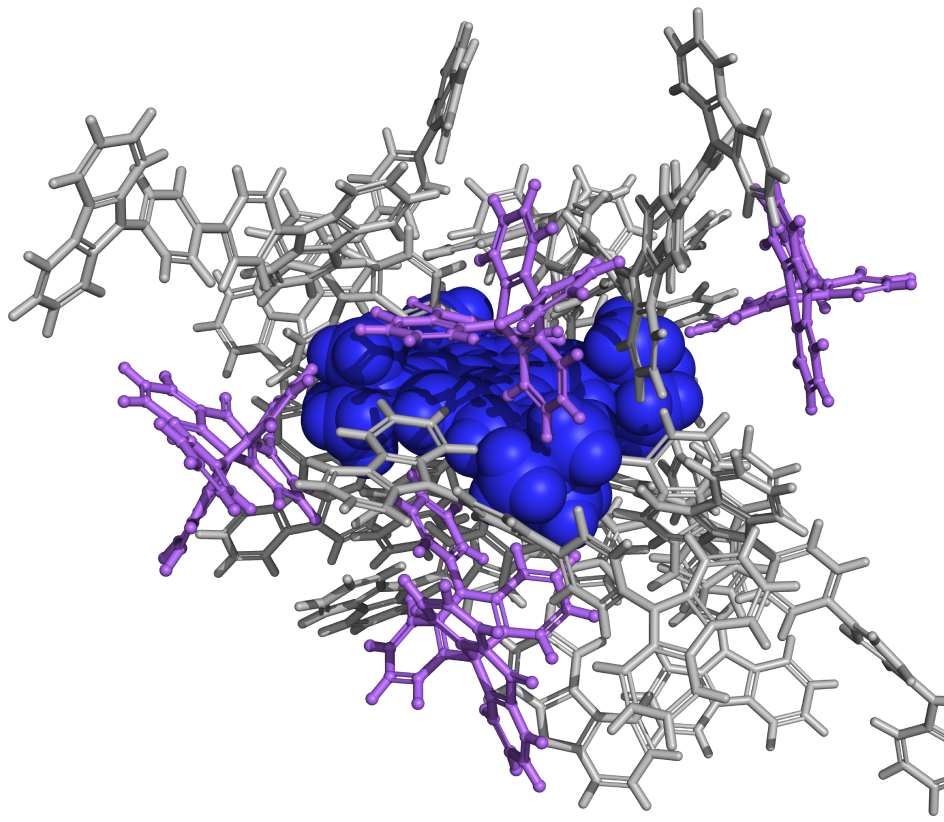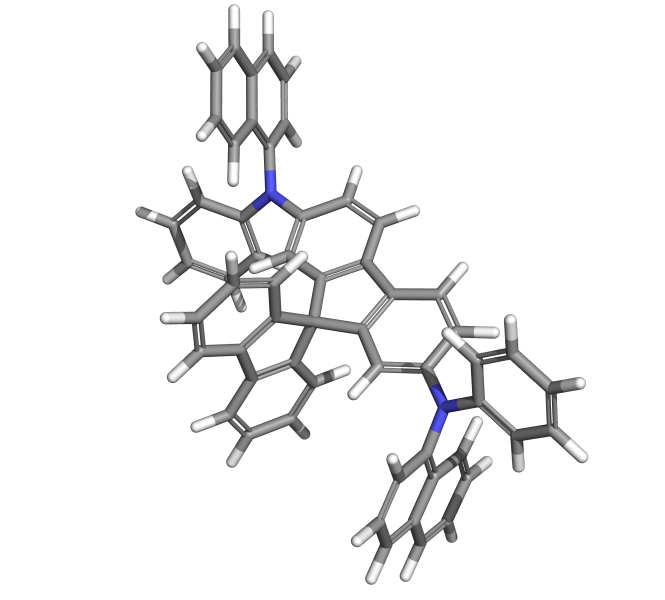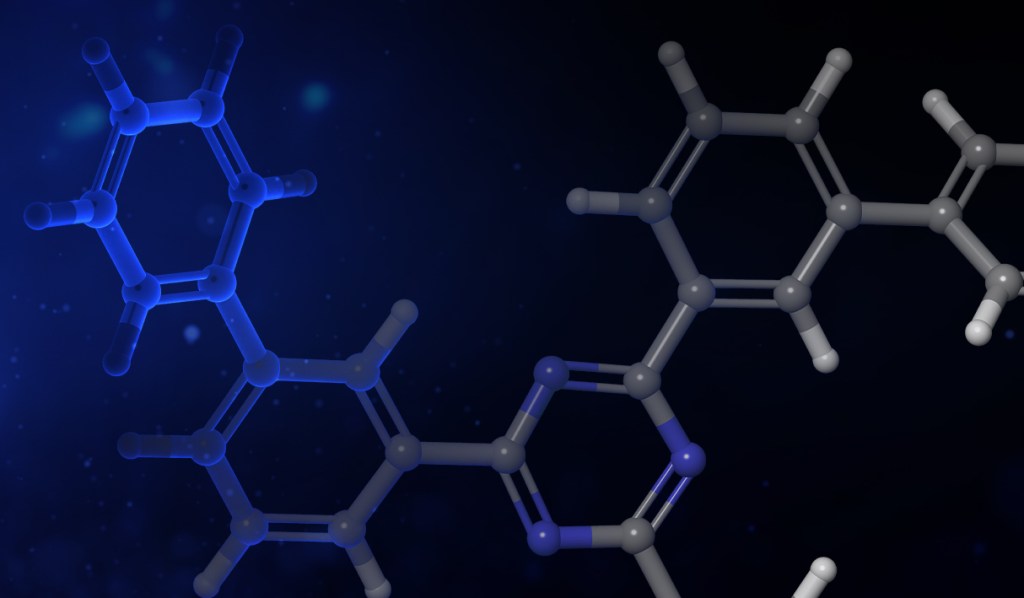- Compute carrier mobility and optical properties such as refractive index, along with molecular orientation in films for achieving high outcoupling efficiency
- Accurately predict key properties of optoelectronic materials including color, spectrum, excited states, and intersystem crossing
- Model the characteristics of electronic transitions including hyperfluorescence and luminescence quenching



Discover and optimize organic electronic materials at the molecular level
The reduced weight, flexibility and low-cost of organic electronics has led to their strong — but delivering the next generation of high performance organic electronics remains a challenge.
With Schrödinger’s digital chemistry platform, you can access advanced computational workflows leveraging both physics-based modeling and machine learning to discover optimal organic electronic materials, with good conductivity, mechanical and thermal stability, and suitability for fabrication — setting you on the path to deliver materials that enable the future of displays and flexible electronics.

Intuitive computational workflows designed by experts in organic electronics
Easy-to-use system builders for all material types
Powerful workflows for molecular simulation, machine learning, and data analysis
Dedicated customer support and extensive training resources
Your toolkit for organic electronics innovation
Optimize device efficiency
Extend device lifetime
- Better understand the atmospheric impact on device lifetime, such as exposure to oxidants
- Accurately predict the thermal and electrochemical degradation of materials
- Model and gain insights into the degradation of excitons
Optimize Fabrication
- Predict key thermophysical properties such as mechanical response and glass transition temperature (Tg)
- Simulate layer fabrication processing, including vapor deposition and solution processing
- Model film morphology, including solvent, as well as materials compatibility during processing
Technology in action
Case studies & webinars
Discover how Schrödinger technology is being used to solve real-world research challenges.
De novo design of hole-conducting molecules for organic electronics
LiveDesign for Organic Electronics
A paradigm change in the design and optimization of OLED materials using a digital chemistry strategy

Molecular modeling for materials science applications: Organic electronics course
Online certification course: Level-up your skill set in organic electronics modeling
Learn how to apply industry-leading computational software to predict key optoelectronic properties to accelerate the discovery of novel materials for organic electronics.
- Self-paced learning content
- Hands-on access to Schrödinger software
- Guided and independent case studies
Key Products
Learn more about the key computational technologies available to progress your research projects.
GA Optoelectronics
Design solution for novel molecular materials in optoelectronic applications based on a generative algorithm
Jaguar
Quantum mechanics solution for rapid and accurate prediction of molecular structures and properties
Desmond
High-performance molecular dynamics (MD) engine providing high scalability, throughput, and scientific accuracy
MS Mobility
Atomistic simulation and analysis of charge mobility in solid-state films of organic semiconductors
OPLS4 & OPLS5 Force Field
A modern, comprehensive force field for accurate molecular simulations
DeepAutoQSAR
Automated, scalable solution for the training and application of predictive machine learning models
MS Dielectric
Automatic workflow to calculate dielectric properties and refractive index
Training Tutorials
Optoelectronics
View tutorialOptoelectronics active learning
View tutorialKinetic Monte Carlo (KMC) charge mobility
View tutorialMolecular Deposition
View tutorialPublications
Browse the list of peer-reviewed publications using Schrödinger technology in related application areas.
De novo design of molecules with low hole reorganization energy based on a quarter-million molecule DFT screen: Part 2
Staker J et al. J. Phys. Chem. A 2022, 126, 34, 5837–5852
Design of organic electronic materials with a goal-directed generative model powered by deep neural networks and high-throughput molecular simulations
Kwak S.H et al. Front. Chem., 17 January 2022
Design and Synthesis of Novel Oxime Ester Photoinitiators Augmented by Automated Machine Learning
Kwak S.H et al. Chem. Mater. 2022, 34, 1, 116–127
Software and services to meet your organizational needs
Software Platform
Deploy digital materials discovery workflows with a comprehensive and user-friendly platform grounded in physics-based molecular modeling, machine learning, and team collaboration.
Research Services
Leverage Schrödinger’s expert computational scientists to assist at key stages in your materials discovery and development process.
Support & Training
Access expert support, educational materials, and training resources designed for both novice and experienced users.
